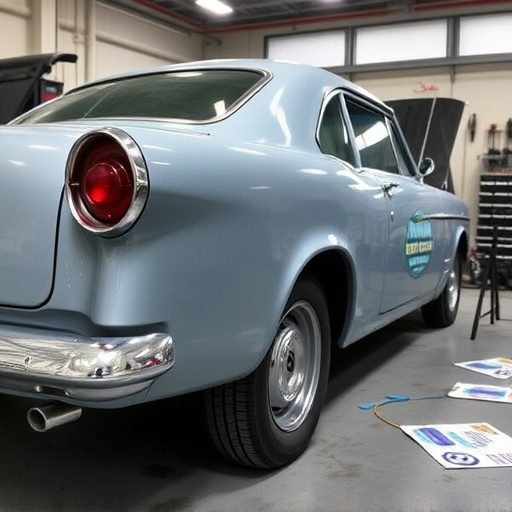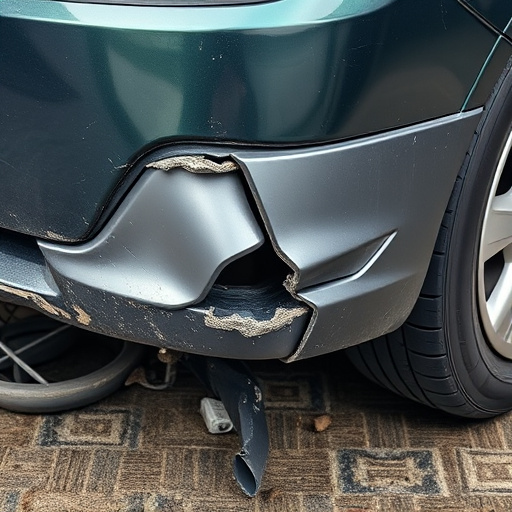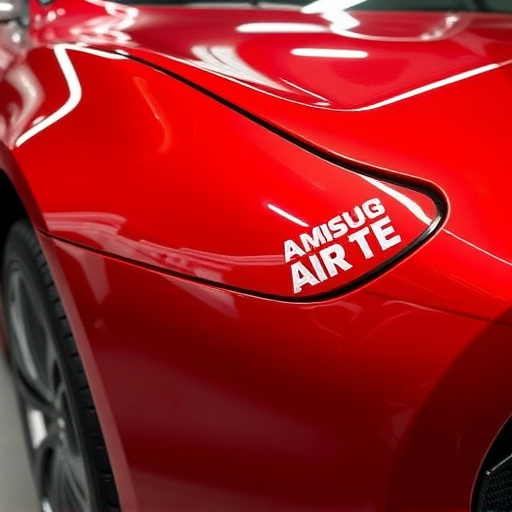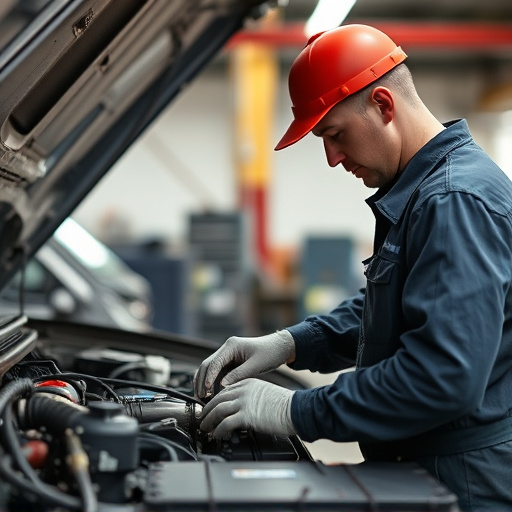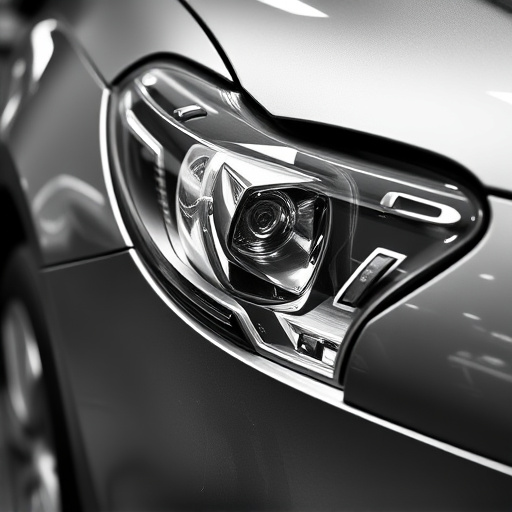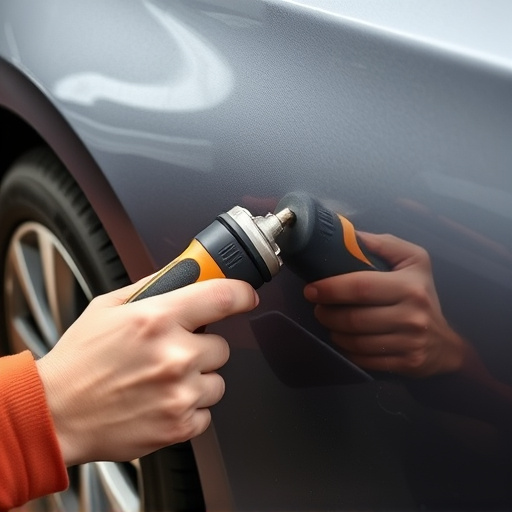Mercedes corrosion protection requires a multi-faceted approach. Regular cleaning and professional fleet repair services are essential to combat moisture-related damage in vulnerable areas. Repair manuals guide body shops on preventative measures, including tire rotation and pressure balance. Corrosion inhibitors, applied after thorough washing, protect prone zones like wheel wells and underbody panels from rust and hail damage.
Mercedes owners know the brand’s luxury and precision, but even the best cars face corrosion challenges. Understanding where it commonly strikes is key to preserving your Mercedes’ value. This guide leverages the expertise of Mercedes-Benz repair manuals to offer practical solutions for effective corrosion protection. Learn how to identify vulnerable areas, employ corrosion inhibitors, and safeguard your vehicle against this insidious enemy. With these steps, you’ll extend the life of your Mercedes and keep it looking its best for years to come.
- Understanding Mercedes Corrosion: Common Problem Areas
- The Role of Mercedes-Benz Repair Manuals in Protection
- Step-by-Step Guide to Applying Corrosion Inhibitors
Understanding Mercedes Corrosion: Common Problem Areas

Mercedes corrosion protection is a critical aspect of vehicle maintenance, especially for models known for their luxury and precision engineering. Understanding where corrosion tends to set in is the first step in safeguarding your Mercedes against this insidious enemy. Common problem areas include exterior panels, wheel wells, floor pans, and underbody components—areas that are particularly vulnerable to moisture ingress. The harsh conditions faced by many Mercedes owners, from road salt to varying weather patterns, contribute to corrosion formation.
While regular washing and waxing can offer some protection, it’s often fleet repair services that provide the most effective Mercedes corrosion protection. Auto glass replacement and vehicle collision repair professionals have access to specialized tools and techniques for mitigating corrosion. They can identify hidden damage and implement preventative measures tailored to each vehicle’s unique needs, ensuring long-lasting durability and preserving the pristine condition of your Mercedes.
The Role of Mercedes-Benz Repair Manuals in Protection

Mercedes-Benz repair manuals play a pivotal role in ensuring Mercedes corrosion protection. These comprehensive guides provide detailed steps and precise specifications for various repairs and maintenance tasks, enabling automotive body shops and car repair shops to address potential corrosion issues proactively. By following the manual’s instructions, technicians can effectively protect the vehicle’s metallic components from rust and corrosion, preserving its original condition and extending the lifespan of the Mercedes.
Moreover, the manuals offer insights into best practices for tire services, which are crucial in Mercedes corrosion protection. Proper tire maintenance, including regular rotation and balanced pressure, helps prevent uneven wear that can expose metal underbody parts to corrosive elements. Incorporating these guidelines into their workflows ensures that both professional and DIY enthusiasts maintain their Mercedes at the highest level, safeguarding against corrosion and keeping their vehicles in top shape for years to come.
Step-by-Step Guide to Applying Corrosion Inhibitors

Applying corrosion inhibitors to your Mercedes is a vital step in preserving its sleek and luxurious exterior. This process involves several precise moves, ensuring maximum protection for your car’s body. Begin by washing the vehicle thoroughly to remove any dirt or debris, creating a clean canvas for application. After drying, inspect the areas prone to corrosion, such as wheel wells, door jams, and underbody panels.
Next, prepare the inhibitor solution according to the Mercedes-Benz repair manual guidelines. Mix the recommended amounts of corrosion inhibitor with water in a spray bottle. Hold the bottle at a slight angle and apply the solution evenly over the targeted zones. Pay close attention to seams and creases, where moisture can trap and accelerate corrosion. Allow the inhibitor to dry completely before moving on to the next step, ensuring optimal adhesion for maximum protection against rust and hail damage repair needs.
Mercedes corrosion protection is a vital aspect of maintaining your luxury vehicle. By understanding common problem areas and leveraging the expertise found in Mercedes-Benz repair manuals, owners can effectively safeguard their cars against rust and decay. Following the step-by-step guide outlined in this article, which incorporates best practices from these manuals, will enable you to apply corrosion inhibitors diligently, ensuring your Mercedes remains a testament to precision engineering for years to come.
